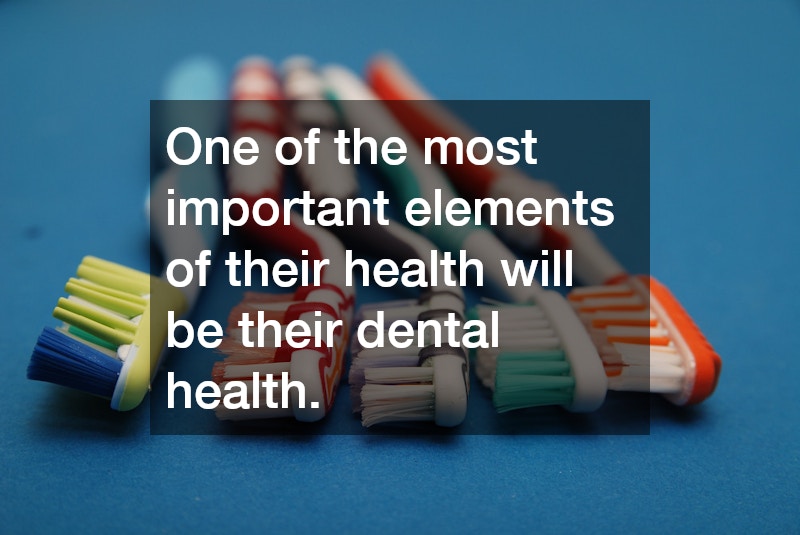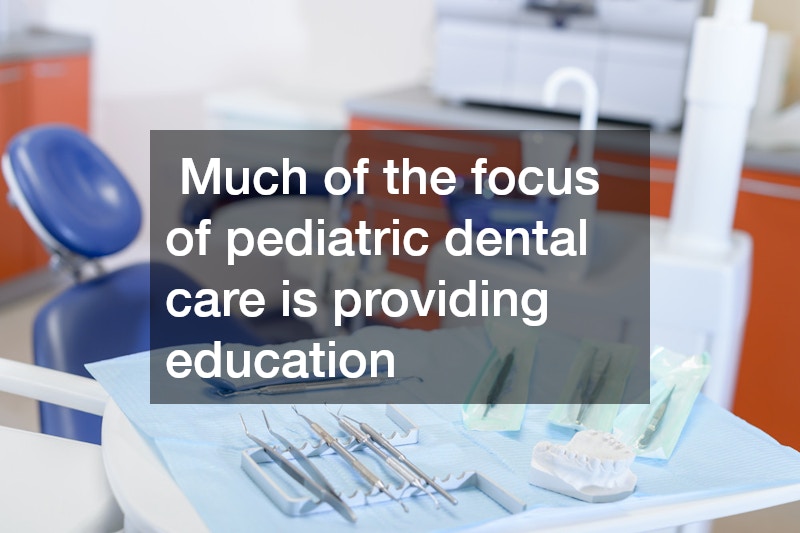
As A parent, you are responsible for keeping your children as healthy as possible. One of the most important elements of their health will be their dental health. According to the Cleveland Clinic, it’s important to introduce your child to dental hygiene habits as soon as their teeth begin to emerge. You can use a soft cloth on their gums before showing them how to use a toothbrush.

You may wonder, “What do pediatric dentists do?” According to WebMD, a pediatric dentist is responsible for diagnosing and treating dental problems in infants, toddlers, children, and teens. As you can imagine, a dentist for toddlers or infants uses a different patient approach than dentists for adults. Much of the focus of pediatric dental care is providing education to parents who are teaching their children to become independent in caring for their teeth.
If your child’s dental visit reveals they have a cavity, you will be glad that you can take them to a pediatric dentist for cavities. Pediatric dentists have a calm, patient approach during routine visits and cavity fillings. If your child has gum disease, their dentist can refer them to a pediatric periodontist for child-friendly treatment.
From the pediatric clinic to the office of a pediatrician, there are fortunately many places that you can take your child when they are feeling a bit under the weather and for basic healthcare services in general. Some of these places, like the average pediatric clinic, are great options for when a general care practitioner’s office is closed, presenting a viable alternative to the typical emergency room for many parents who are looking to avoid the long wait times and high costs that come with the typical emergency room visit. However, a pediatric clinic is perhaps not ideal for preventative healthcare, such as getting your child vaccinated on schedule (though if you are without a designated pediatrician, a pediatric clinic might be able to provide vaccine services).
There is not doubt about it that vaccines for children are hugely and undeniably important for not just their personal health but for the health of all those around them. Herd immunity here in the United States has eradicated a number of once deadly and terrifying diseases, ranging from polio to smallpox. Since some people cannot get fully vaccinated thanks to a number of legitimate medical concerns, everyone who is able to be vaccinated getting vaccinated is instrumental in protecting these susceptible members of our population.
Fortunately, vaccinations have become widespread throughout the population, at least here in the United States. In fact, it’s estimated that more than 91% of all children here have received their MMR vaccination, meaning that they have been protected from the disease measles, mumps, and rubella. The flu vaccine should be obtained on a yearly basis once a child has exceeded six months of age. This can be done at the typical pediatrician’s office, to be sure, but it can also be conducted at nearly any pediatric clinic.
However, while the average pediatric clinic can be ideal for quick visits for varying medical reasons, it’s still ideal to have a primary care pediatrician for your child. This is due to the fact that children require regular wellness check ups all throughout their childhood, and having these checkups with the same doctor or at least within the same practice can allow your child to get the most consistent care and tracking of their growth and development as is possible. Ideally, you’ll have your child scheduled for wellness checkups at two weeks of age, two months of age, four months, six months, nine months, a year, fifteen months, a year and a half, and two years, followed by a check up at the age of two and a half. After this, wellness checks can be conducted on a yearly basis.
If you’re concerned about your child’s health in relation to an illness, however, a pediatric clinic can be a great place to see a child doctor on staff for a quick exam. Though many illnesses plague children of young ages, it is arguably colds that are the most aggressive than all, with up to one billion of them occurring throughout the population as a whole each and every year here in the United States. And children are much more susceptible to them than adults and teenagers, for whom four colds a year or even less is the norm. For children, on the other hand, it’s likely to see as many as seven to ten colds in that same span of time, even in children who are otherwise quite healthy.
Ear infections are another incredibly common condition about the young population of the United States, something that can be attributed to the fact that children’s ears simply do not drain as well as adult ears, more easily allowing infections to take hold. Typically, a few ear infections is common, and can be treated by your local pediatric clinic with ease. In most cases, a prescription for antibiotics is all that it takes to clear one up. In ear infections become recurrent, however, going in to see and Ear Nose and Throat doctor (ENT) is usually recommended.
In the end, providing your child with the medical care that they need is hugely important, and not something that can be overlooked.
